The celebration of Dussehra signifies the conquest of good over evil, light over darkness and wisdom over ignorance. Dussehra was first celebrated to mark the victory of Lord Rama over Ravana. It was the day when Lord Rama defeated the Demon King Ravana after a long battle in Lanka. As per legend, Ravana had abducted Lord Rama’s wife Sita, and in order to bring her home, Lord Rama had to wage war against the Demon King.
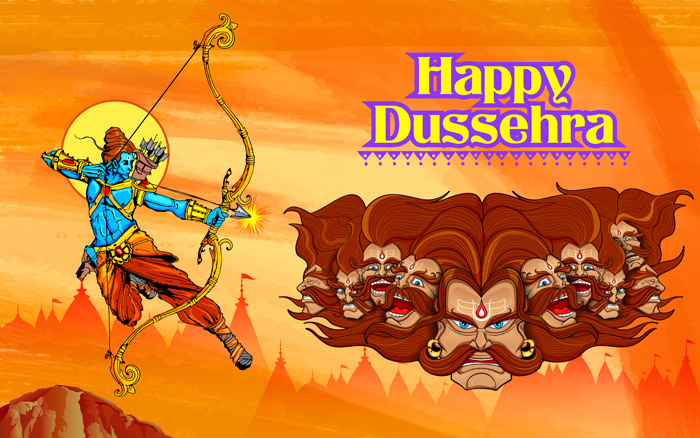
The celebration of Dussehra – Facts You Wouldn’t Know
As every year, Dussehra 2018 will be the beginning of the long festive season in India. In 2018, in India, it will be celebrated on Friday, 19 October. Diwali is observed exactly after 20 days of Dussehra on the new moon day, typically in the month of October or November. You might have spent all your childhood hearing tales and folklore about this festival. We thought we’d compile a list of 30 facts about Dussehra you just might not know.
- Dussehra comes from the Sanskrit word Dash Hara, which translates to ‘the defeat of the Sun’ in English. According to Hindu scriptures, if Lord Rama had not defeated Ravana, the Sun would have never risen again.
- Dussehra is celebrated in Ashwin, the 10th month of the Hindu Calendar. It falls sometime around October or November.
- In some sub-cultures of Hinduism, Dussehra is also called Vijay Dashmi, which means victory on the tenth day. It is celebrated as Vijay Dashmi to mark the victory of Goddess Durga over the Demon King Mahishasura.
- Mahishasura was the king of demons or asura and was very powerful. He would torture innocent people. At that time, Shakti was created by the collective powers of Brahma, Vishnu and Mahesh to put an end to the evil doings of Mahishasura.
- In Mysore, Goddess Chamundeshwari is worshipped on the day of Dussehra.
- In Tamil Nadu, the celebration of Dussehra is called Golu. The idols are made to create various scenes that depict their culture and heritage. According to legend, since Goddess Durga needed marvellous power, all other Gods and Goddesses transferred their powers to her. As an outcome, they stood still as statues.
- In Northern India, it is a tradition to sow Barley seeds in earthen pots on the first day of Navratri. On the day of Dussehra, these sprouts are used as symbols of luck. Men place them in their caps or behind their ears.
- Some legends even mention that Goddess Durga, along with her children, Lakshmi, Ganesha, Kartik, and Saraswati came to her birthplace on Earth to stay for some time. On the day of Dussehra, she returned to her husband Lord Shiva.
- Due to the return of Goddess Durga on Earth, i.e. her home, many communities in Hinduism practice the return of married and unmarried women to their homes.
- It is believed that the first grand celebration of Dussehra took place in the Mysore Palace in the 17th century at the orders of then King, Wodeyar. Ever since then, Dussehra has been celebrated with grandiose across the country.
- The most famous Dussehra celebrations in India are done in the city of Mysore. Goddess Chamundeshwari is worshipped on this day, and a grand procession of her idol is taken out across the city. All major buildings are decorated with lights and color.
- Other famous Dussehra celebrations in India include that of Kullu in Himachal Pradesh. People from all over the country visit Kullu, also called the Valley of Gods, to participate in this mega festival. It begins on the tenth day of Navratri, i.e., Dussehra and continues for a week after that. It starts with a procession of Lord Raghunath carried with other deities across town.
- Dussehra is not only celebrated in India but also Bangladesh, Nepal and Malaysia. It is a national holiday in Malaysia. It is celebrated with equal fervor in these countries as they have a sizeable Hindu population.
- Dussehra marks the harvesting of Kharif Crops and the sowing of Rabi crops. It’s an important occasion for farmers of all beliefs.
- Dussehra also marks the end of the season as we finally bid adieu to summer, and it’s time for the winter season. It is a popular belief that there is a nip in the air after burning the effigy of Ravana.
- Dussehra signifies the revealing of the power of both Lord Rama and Goddess Durga. Goddess Durga had revealed to Lord Rama the secret of killing the Demon King Ravana.
- The 10 days of Navratri are marked by Ramleela being enacted across the country. On the final day of Dussehra, the scene of Lord Rama defeating Ravana takes place. To mark the end of Ramleela, an effigy of Ravana is burned.
- The grandest Ramleela is held in the Ramleela Maidan of Delhi, dearly named after the enactment of the play. It is attended by important personalities, including the Prime Minister of India.
- The burning effigies signify the killing of all evils of the soul, which are represented by the ten heads of Ravana. Each of his head stands for an evil; ‘kama’ stands for lust, ‘krodha’ for anger, ‘moha’ for attachment, ‘lobh’ for greed, ‘mada’ for pride, ‘swarth’ for selfishness, ‘matsara’ for jealousy, ‘ahankara’ for ego, ‘amanavta’ for lack of humanity and ‘anyaya’ for injustice.
- The effigies of Kumbhkarna and Meghanad are also burned with the effigy of Ravana.
- Dussehra is believed to be the day when Emperor Asoka had converted to Buddhism.
- It was on Dussehra that Dr. B. R. Ambedkar converted to Buddhism.
- The most important custom of Dussehra is the effigy burning of Ravana. However, Ravana is worshipped in 6 places in India for his devotion to Lord Shiva. These places include Mandsaur (Madhya Pradesh), Bisrakh (Uttar Pradesh), Gadchiroli (Maharashtra), Kangra (Himachal Pradesh), Mandya and Kolar (Karnataka) and Jodhpur (Rajasthan).
- Ravana was a super-skilled fighter and was extremely knowledgeable of Vedas and astrology.
- Ravana was half demon and half Brahmin. His father was Ishwashrava, who was a sage belonging to Pulastya clan. His mother Kaikasi was a demon.
- Ravana was a great king and knew the knick-knacks of running a kingdom. When Lord Rama killed Ravana, he instructed his brother Lakshmana to go and learn the art of running a kingdom and diplomacy from the dying king.
- After meditating for thousands of years, Ravana received the boon for immortality from Lord Brahma. But it was later reduced to his life getting congregated at his navel. Ravana’s brother Vibhishana revealed this information to Lord Rama, thus leading to the death of Ravana.
- Some people believe that Lord Rama and Goddess Durga met before Lord Rama defeated Ravana. It is said that Lord Rama performed Chandi Homa Yajna to take blessings from Goddess Durga. It is when Goddess Durga granted Lord Rama a boon and revealed to him how to defeat Ravana.
- Lord Rama is believed to be the seventh reincarnate of Lord Vishnu, and his victory over the evil king Ravana marks the celebration of Dussehra.
- Dussehra also marks the homecoming of Pandavas from their exile of 13 years. When the Pandavas had lost their kingdom, they were in exile for 12 years. It was said that if they were discovered in the 13th year, they would have to start their exile all over again. So, on the commencement of the final year, they hid all their weapons inside the hole of a Shami Tree. After the end of the 13th year on the sacred day of Vijay Dashmi, they retrieved their weapons to worship them along with the tree. Thus, Shami Tree is considered to be a symbol of goodwill.


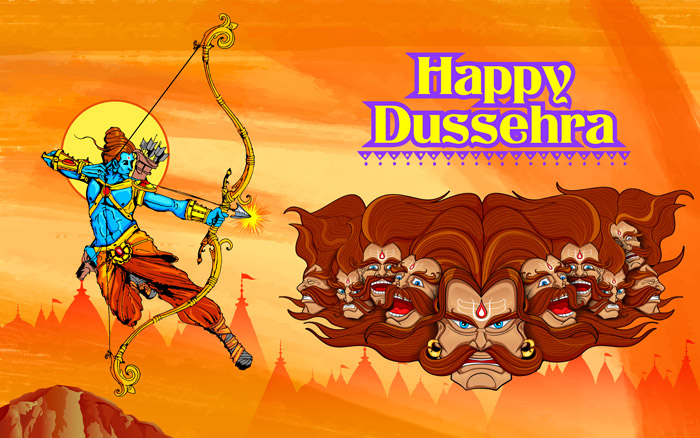

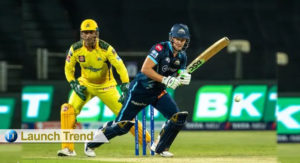
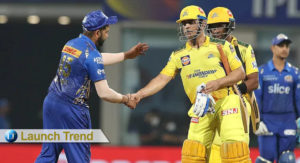
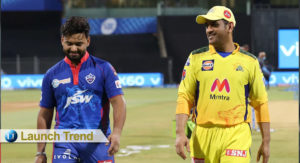
More Stories
IPL-2022 RCB vs RR: RR Won By 29 Runs
Birju Maharaj: Kathak Dance Legend Dies At 83
IPL-2021 Final CSK vs KKR: CSK Won By 27 Runs